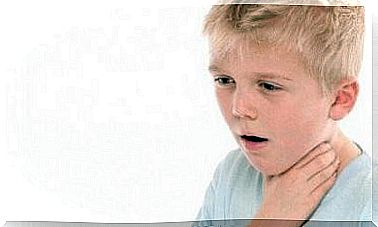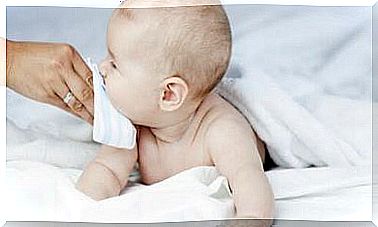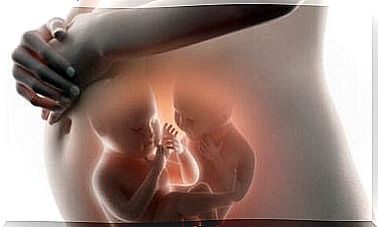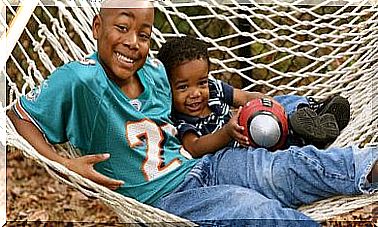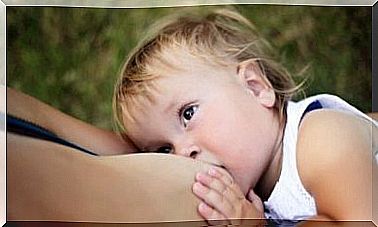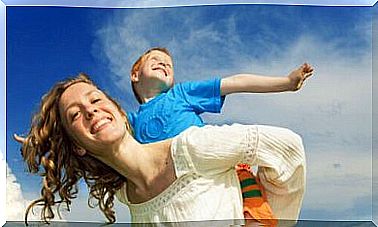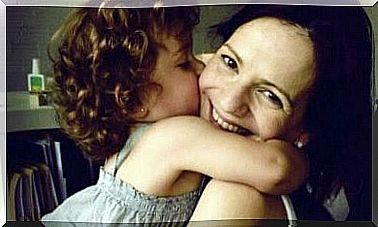5 Principles On How Children’s Brains Develop
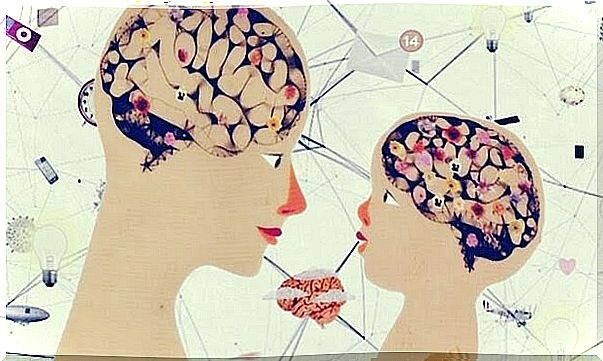
Knowing the processes and stages in the development of children’s brains is without a doubt one of the best tools at our disposal to help our children grow and develop healthily.
We can not forget that the psychological and emotional maturity of young children also depends on aspects that go far beyond what they eat and the daily care we provide with infinite love.
It’s just as well to admit it: we are not all geniuses in neuroscience for children and not a day goes by without us wondering about this area. We ask ourselves, “Am I doing the right thing? Should I start some form of early stimulation with my baby? ”
These questions are completely normal, and therefore it may be appropriate for you to learn a little more about how children’s brains develop through the 5 principles we will describe below.
There is no guarantee that there is nothing as fascinating as immersing yourself in the perfect and sophisticated body of your child’s brain. In childhood, it has the greatest plasticity and potential.
As parents, we have the opportunity to promote good brain development to make our children much happier.
1. 50% of intelligence is determined by our genes
Many parents want smart children. This is often because we associate intelligence with personal success, without really knowing that there are other factors that are more important to success, such as happiness.
- All this leads us to a series of conclusions: our child is born with a number of characteristics. One of these traits is intelligence, and it is determined by 50% of genes. Another is personality, such as introversion or extroversion.
- But these genetic starting points do not 100% determine what your child will become in the future. How you raise it, the environment in which it grows up and its opportunities for education, will make up the other half.
Therefore, you must not forget one key aspect: emotional intelligence.
2. Children’s brains develop from the inside out

What do we mean by children’s brains developing “from the inside out”?
- The basic architecture of the brain develops through a continuous process that begins at birth and continues into adulthood.
- But as Maria Montessori said, few periods in life are as important as brain development between 0 and 6 years. But we want to point out something else: the key phase is from 0 to 3 years.
- It is during this period that the brain undergoes major changes. Growth that goes from the inner part of the brain to the outer part.
- The inner structures are connected to the emotional world. Later, with rapid growth, the connections become refined and specialized to become more efficient.
- Thus, the last phases of the child’s brain development lie in the cerebral cortex, where the most refined processes take place. They are linked to decision making, analysis, attention and more.
This unique process encourages us to once again understand the importance of caring for children’s emotional world. Only then can we give them optimal and strong cerebral maturity.
Stress affects the development of children’s brains
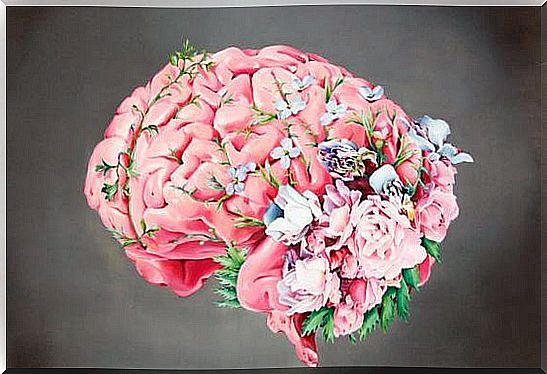
Neurologists warn us of something that many mothers and fathers no doubt already know about: Continuous stress during childhood, whether due to poverty, addiction, lack of attachment, abuse or even the mother’s depression, seriously affects the development of the baby’s brain.
It is actually known that children who have suffered a trauma have a much smaller hippocampus. This brain structure is linked to memory and our emotional world.
4. The third year, the magical age
How can we then benefit from this stage? Here are some basic things to keep in mind:
- Development of the senses: your little one should interact with his surroundings through touch by walking barefoot, exploring all the colors and sounds of the world, feeling different textures, etc.
- Development of language skills: read aloud, help your little one learn songs, etc.
- Development of motor skills: As often as you can, have your child practice their motor skills related to the hands, especially eye-hand coordination. Also, always try to encourage free play to practice moving safely.
- Development of emotional and social capacity: The age of three is the age that is most suitable for starting to work with emotional intelligence and important aspects such as empathy and recognizing emotions.
5. Love is the key to the development of children’s brains
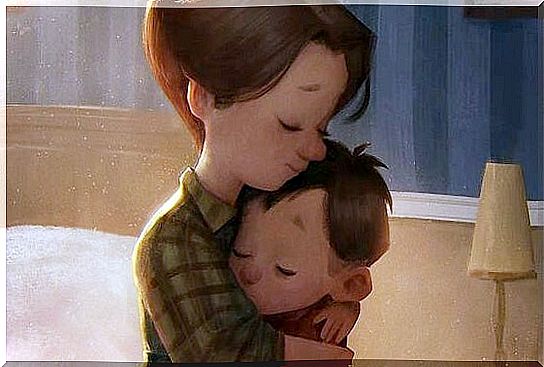
Love is what makes the world spin and seeds germinate. It in turn makes our children grow by feeling protected, appreciated, cared for, etc.
Love facilitates a secure connection and the optimal development of the hippocampus, the above-mentioned cerebral structure that is necessary to learn, memorize and manage stress.
In summary, we are more convinced that without being a well-known specialist in pediatric neurology, you can use the same recommendations directly on your children.
As mothers and fathers, we often know instinctively what is best for our children…
